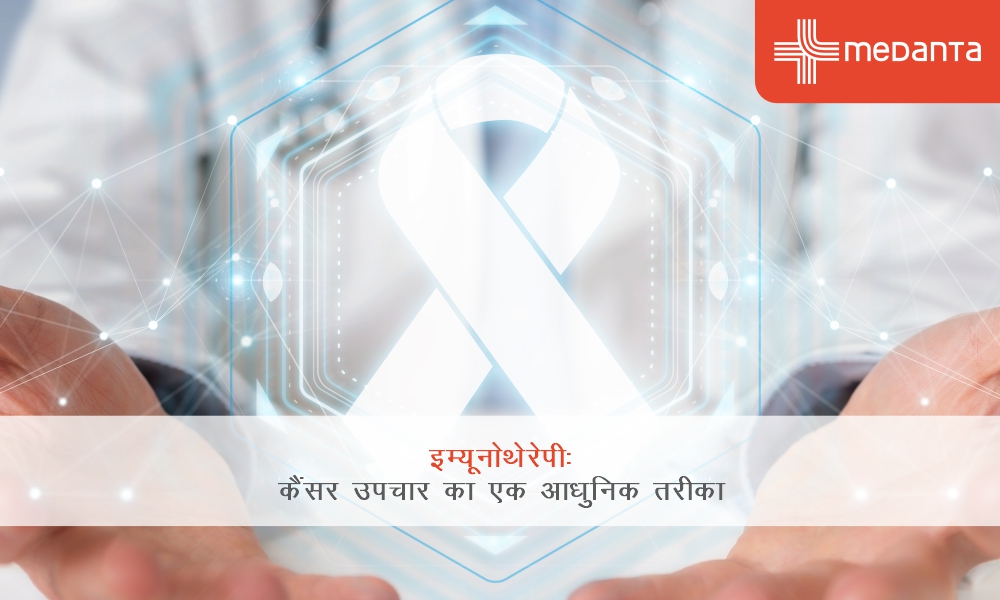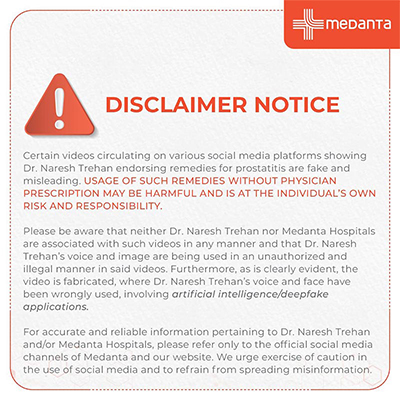Low Back Pain in Children: Causes, Symptoms, and Treatments

Many believe that low back pain is an age-prone health condition- only aged people suffer from it. While it’s true to some extent, children are also not immune to this health problem. Studies show that about 9% to 69% of kids and adolescents experience low back pain, with the prevalence increasing significantly between 12 and 18 years.
Wondering why little ones suffer from low back pain so early? Well, it can be because of various reasons, ranging from carrying heavy backpacks and benign muscle strain to underlying health issues. Let’s read on to figure out which children are prone to low back pain, its signs and symptoms, causes, treatments, and much more.
Which Children Are Prone to Low Back Pain?
While there’s been a surge in the cases of low back pain in kids, not all of them are at equal risk for developing this medical condition. Certain factors make some kids more susceptible than others.
For instance, if your kid is physically active and involved in sports, he is more likely to experience back pain due to muscle strains or overuse. Is your little munchkin a screen addict and, hence, spends long hours sitting in front of screens? If so, you will find him complaining about lower back pain more frequently.
Also, other health conditions like obesity can increase the risk of chronic back pain because of the added strain on their back muscles and spine. In some cases, children with congenital or developmental spine issues, such as scoliosis, are more prone to experience low back pain.
You should know that while occasional low back pain in your kids might not be the cause of worry, you shouldn’t ignore persistent pain and instead should seek medical assistance for them.
Low Back Pain in Children Symptoms
Sometimes, your little one might be unable to communicate their back discomfort clearly. So, you should be careful and attentive enough to notice the signs that could indicate low back pain. Here, we have discussed some common warning signs of low back pain in children:
- It can be a short, fleeting pain in the back or a pain that lasts for a long.
- Hearing your child complaining about stiff or aching lower back.
- Your child might stay awake at night because of pain in their lower back.
- They might find it difficult to sit or stand for extended periods, which could affect their school performance.
- They might experience limited range of motion, especially when bending or twisting.
- You might notice a limp or altered walking pattern due to lower back discomfort.
- You might notice them holding or rubbing their lower back frequently.
- Pain in their lower back is radiating down their legs, which might suggest nerve involvement.
- You might also notice their back starts to look curved or twisted.
What Causes Low Back Pain in Children?
There is a misconception that if a child is experiencing low back pain, it might be because of a serious cause, as young people rarely suffer from such health conditions. However, the thing is, many children and adolescents can have pain in their lower back without there being any underlying worrying ailment.
One study even discovered that 78 out of 100 kids experienced pain in their back without any cause. However, it doesn’t mean that you should ignore the possibility of any reason behind your little one’s back pain. Let’s explore some general causes of low back pain in younger and older kids:
General Causes of Low Back Pain in Children:
- Poor posture
- Sports injuries
- Excess body weight or obesity
- Carrying heavy backpacks
- Congenital spine issues, such as scoliosis
- Psychosocial factors, such as stress, anxiety, or depression
Younger Children
- Most younger children are relatively active and can easily strain their muscles by overextending themselves during play, sports, or improper lifting.
- Infections in the spine, such as discitis or osteomyelitis, are rare but can occur in little ones, causing severe back pain.
Older Children and Adolescents
- Older kids, especially those who hit a rapid growth spurt, might experience back pain due to muscle imbalances or poor posture.
- Adolescents are more likely to suffer from sports injuries like muscle strains, fractures, or spondylolysis.
- Although uncommon, older children can experience herniated or slipped discs, causing pain in their lower back.
How Is Low Back Pain in Kids Diagnosed?
Although low back pain is often not a serious health condition, in some cases, it becomes important to take your kid to the paediatrician for diagnosis. These conditions can include:
- Persistent back pain
- Back pain restricting your child’s movement
- When the pain gets worse
- If your kid feels unwell, lose weight, or have a high fever
- If they start developing curvature of the spine
- When they feel numbness or weakness
- When they complain of stiff back muscles
When it comes to diagnosing chronic low back pain in younger ones, it usually involves a comprehensive approach, starting with a detailed medical history and physical examination. The doctor will ask about your child’s daily activities, any recent injuries, and the nature of their pain. Once done with questioning, they might conduct a physical examination, which includes testing your kid’s range of motion, observing his posture, and checking for any visible abnormalities.
Is your child suffering from aching lower back for months? Did you notice other concerning symptoms like fever, unexplained weight loss, or difficulty walking). If so, your little munchkin might need to undergo further diagnostic tests, including:
X-rays -To check for fractures, alignment issues, or scoliosis.
Blood tests - If infection or inflammation is suspected, blood tests might be performed to rule out underlying conditions.
MRI or CT scans - These are performed to provide detailed images of your kid’s spine, muscles, and discs, helping to diagnose conditions like herniated discs or infections.
Treatments for Low Back Pain in Children
What lower back pain treatment your child will receive depends on the underlying cause found during his diagnosis. Most of the time, you can treat your younger one’s lower back pain via conservative measures. It’s only in some cases that children need specialised medical interventions to treat serious conditions.
Conservative Treatments
- Rest and Activity Modification: Your paediatrician might advise your child to reduce or completely stop engaging in physical activities that might have caused pain in their lower back. You should encourage your kid to take breaks from sports or limit screen time to prevent further strain on their back.
- Heat and Ice Therapy: Applying heat or ice packs to the affected area is among the most effective lower back pain therapies to reduce pain and inflammation. If your kid suffered from acute injuries, consider applying ice and applying heat can help soothe their muscle tension.
- Physical Therapy: Ask your child to perform stretching and strengthening exercises tailored by their doctor. These exercises can help stretch tight muscles and strengthen weak ones, improving spinal stability and reducing pain over time.
- Pain Medication: You can also manage your kid’s lower back pain by giving them over-the-counter pain relievers such as ibuprofen or acetaminophen under the guidance of your doctor.
Advanced Treatments
- Bracing: Is your child diagnosed with scoliosis or other structural issues? Ask them to wear a back brace to support their spine and prevent further deformity or discomfort.
- Surgical Intervention: Although surgery is rarely needed for children with low back pain, in serious cases like disc herniation, surgery might become necessary to alleviate pain or correct structural issues.
Final Words
You might have often heard mothers telling their kids to stop slouching or sitting, standing, and lifting properly. Well, these are some good medical advice that can help prevent lower back pain problems in children. However, if your child still has low back pain, you can take him to a Medanta MINS (Minimall Invasive Neurosurgery Department) for diagnosis or the above-discussed treatment.






